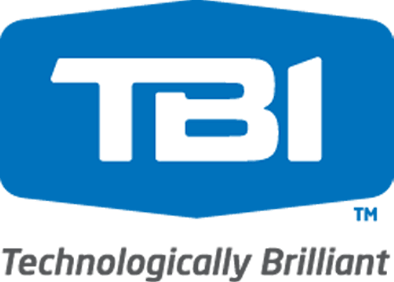Cloud computing has created a tidal wave of change in the IT sector. It is now not only possible, but actually more efficient, to deploy resources across multiple platforms and locations by using technology that resides on centrally managed servers. As we discussed yesterday, there are cost and time savings to be had along with greater administrative control when utilizing cloud based solutions. These solutions can give organizations the ability to centrally manage their email, office productivity, and data storage requirements without incurring hugely expensive hardware and licensing fees.
With these tangible advantages available for organizations of most any size, it would be easy to think that more and more IT departments and CIOs are making the decision to move more and more of the their IT infrastructure in to the cloud. However, data indicates differently. For example while remote and virtual desktops have been available for years, companies like VMWare, Citrtix, and even Microsoft have yet to see a tipping a point of mass adoption of virtual workspaces. How is it that technology with so many real benefits is not being more openly embraced? Here are five reasons why remote desktops and other cloud solutions may not necessarily be the right choice for your organization.
- Security and Compliance Requirements – When considering cloud solutions like remote desktops and virtual servers, the immediate hesitation almost always has to do with security and compliance requirements. While things like ITAR and HIPAA compliance requirements can be challenging to administer when incorporating cloud solutions, the more pressing concern is security. Most organizations retain a perception that physical access to servers and machines containing sensitive data offers improved security when compared to storing data in data-centers or colocation facilities. The finer points of this argument are not always valid, but security concerns are not without merit. Primarily, a centralized deployment of remote desktops (for example) means a single-entry penetration or hack can potentially expose all of an organization’s sensitive data as opposed to simply the data of a single user.
- Connectivity Concerns – If security and compliance concerns are first on the list of objections surrounding cloud computing and virtualized desktops, then connectivity concerns aren’t far behind. If a desktop is being deployed from a centralized server, then the user must be able to connect to the server any time they wish to work. From emails to working on documents to accessing hosted applications, a lack of connectivity means your business isn’t running optimally…if it’s running at all. Maintaining connections between the server environment(s) and each user can feel like a Herculean task, particularly since it almost always involves a third-party service provider.
- Training – Remote desktops seem simple and intuitive to IT professionals, but what about the organization’s users that aren’t so technically savvy? Regardless of the scope of the cloud integration, there will no doubt be some learning curve for users and old habits can be hard to break. As hard as it is to believe, initial support requests can actually increase when remote desktops are deployed, as many users will have trouble conceptualizing the new process of logging on to a computer and then logging into another portal….that looks just like the desktop they were working with just a few moments prior.
- Deployment – As organizations grow, the complexity of their IT infrastructure becomes more and more complex. Do you really have all of your licenses documented in an orderly way? Do you know how to transfer them from a client machine to a cloud based virtual desktop? Do you know how to address software licenses that may not be compatible with the cloud? Without best-practices already in place and a clear assessment of your network, it can be difficult to deploy even modest cloud solutions, much less move all users to a remote desktop environment. Often, the cost of transitioning part (or all) of an organization’s IT infrastructure into the cloud can incur up-front costs that equal or exceed the demonstrated cost savings of the new technology being implemented.
- Expertise – As much as network administrators and IT professionals are loathe to admit it, cloud solutions often make many of their job requirements obsolete. For example, centrally managed virtual desktops greatly reduce the hardware support burden across the organization. At the same time, virtual deployments require a different skill set for administration and management than is found in many organizations. As a result, the incumbent IT professionals at many organizations are hesitant to embrace cloud solutions like virtual desktops because (1) the technology is unfamiliar and (2) if the implementation is successful, they may actually be reducing the organization’s need for their services. Very few professionals in any field or sector would proactively embrace an offering that may put them out of a job. If you are a senior level IT decision-maker, keep this in mind when soliciting in-house feedback about the cloud solutions you are considering.

Data regarding perceptions of challenges related to virtual desktops and cloud computing. Image courtesy of IDC.
As existent technology matures and new services come to market, cloud and virtual solutions will continue to gain traction across industries of all sizes. And just as deploying new desktop workstations brings challenges even today, deploying virtual desktops will always include challenges as well. The arguments above aren’t meant to dissuade you from considering virtual workspaces for your team any more than yesterday’s arguments aren mean to push you in a direction with which you aren’t comfortable. Rather, the best way to consider and implement any new technology is always to gather information from all angles so you and your team can make an informed, deliberate decision that leads to the best results for your specific needs. Click here to learn how Mosaic NetworX can help you evaluate cloud solutions from every angle so you can make the right choice!







